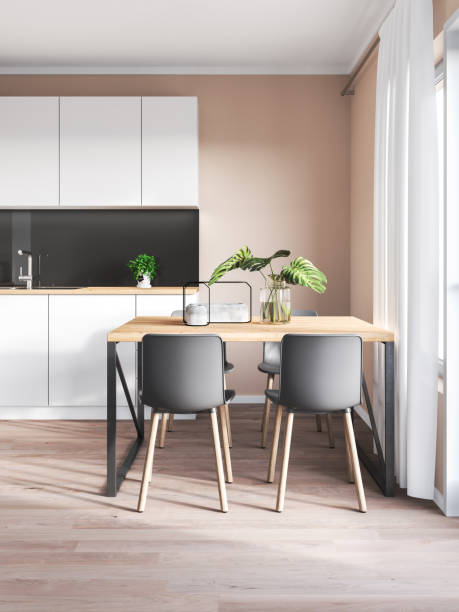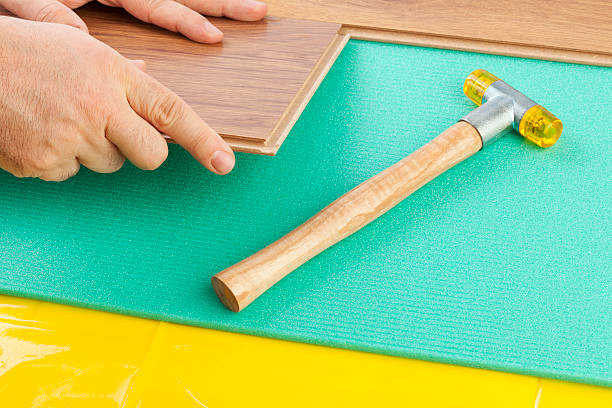Choosing the Right Underlayment for Laminate Flooring


If you’ve chosen a laminate floor for your home, it’s important to consider how to properly install it, and that means selecting the right underlayment. In most cases, a laminate floor will require some sort of layer between the subfloor and the flooring material, although some brands come with one attached. If yours does not, there are a few different options to choose from, depending on your space and specific needs.
Underlayment Basics
Generally speaking, underlayment is a thin layer of material that goes between the subfloor and the laminate. Its purpose is to protect and enhance the flooring, and also provide additional features such as insulation from noise or moisture protection. Choosing the right type of underlayment for your application is important because it can affect how your flooring performs and wears. Carefully consider the manufacturer’s recommendations; ignoring them can cost you by ruining your floor and possibly voiding your warranty.
Subfloor Types
When installing laminate over a concrete subfloor, such as in a basement or on a slab foundation, choose an underlayment with a vapor barrier, which will prevent any moisture that comes through the concrete from affecting your flooring. Moisture is no friend of laminate! It can weaken any adhesive, warp planks, or cause mold and bacteria to grow.
On the other hand, if you are installing laminate over a plywood subfloor, or another natural wood product, opt for an underlayment that does not have a vapor barrier. Wood needs to breathe, and restricting air flow can damage your subfloor. The exception would be if you are installing flooring in a bathroom, where moisture could make its way down between the laminate planks to the subfloor beneath.


Heat and Sound Control
Another factor to consider when you are installing laminates is how you’d like it to feel underfoot. In a bedroom or a family room, where a warmer floor would be desirable, choose an underlayment with a higher R factor, which is the measure of how easily it conducts heat or cold. The higher the R-factor, the less easily a material will change temperature. Also important in a bedroom is the consideration of noise transmission. A good underlayment can help deaden the sound of a laminate floor or prevent the intrusion of outside noise, providing a peaceful sleeping environment.
Types of Underlayment
There are only a few types of underlayment that you need to consider. Standard foam underlayment is used over plywood subfloors, in areas that won’t see a lot of moisture. It does not have a vapor barrier and therefore does not offer any moisture protection. Combination foam combines the standard foam underlayment with an additional vapor barrier, making it ideal in areas that could become damp, such as basements or bathrooms. A final underlayment to consider if sound reduction is a necessity, is cork. Cork is especially good at insulating for sound but, as an organic product, is not advisable in damp or wet areas. Keep cork for areas where you really need quiet, as it tends to be a pricier option.
When you are ready to take the plunge into your new flooring project, pay a visit to the helpful staff at Direct Carpet Unlimited. We can review your needs and help ensure that you get the proper materials for your job. We can even connect you with someone who can help with the installation of your new floor and get you on your way to an updated look!

